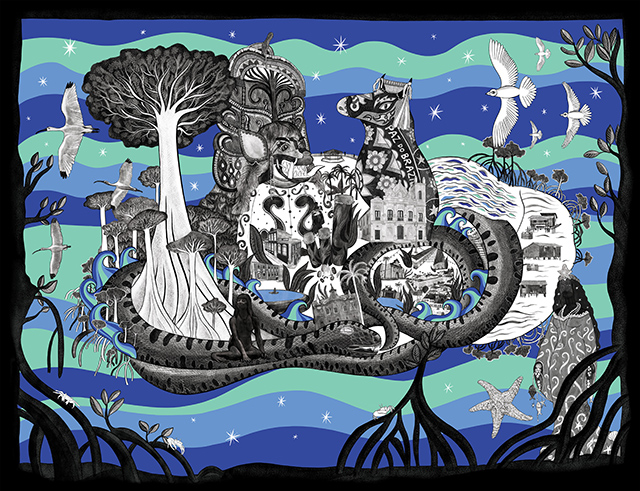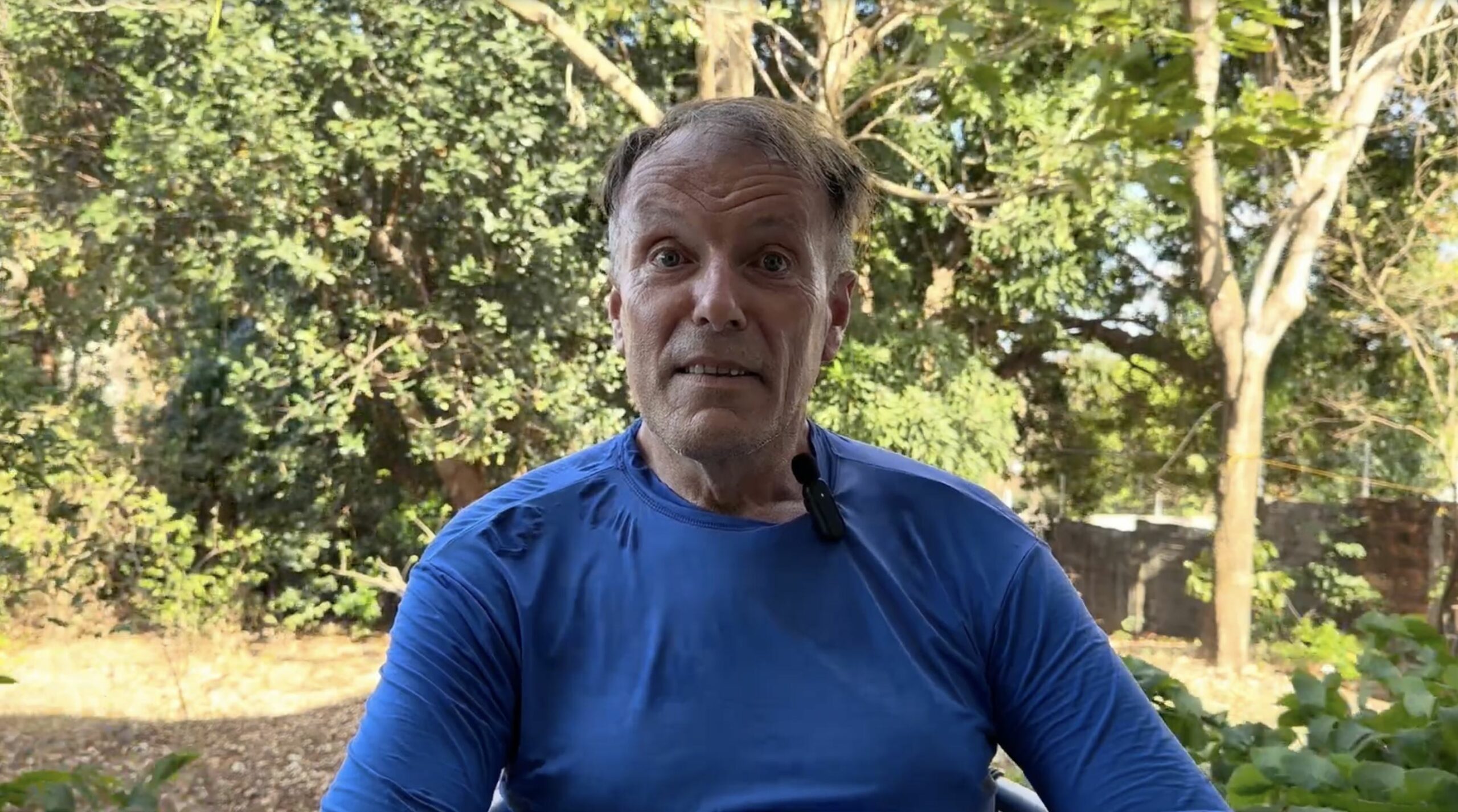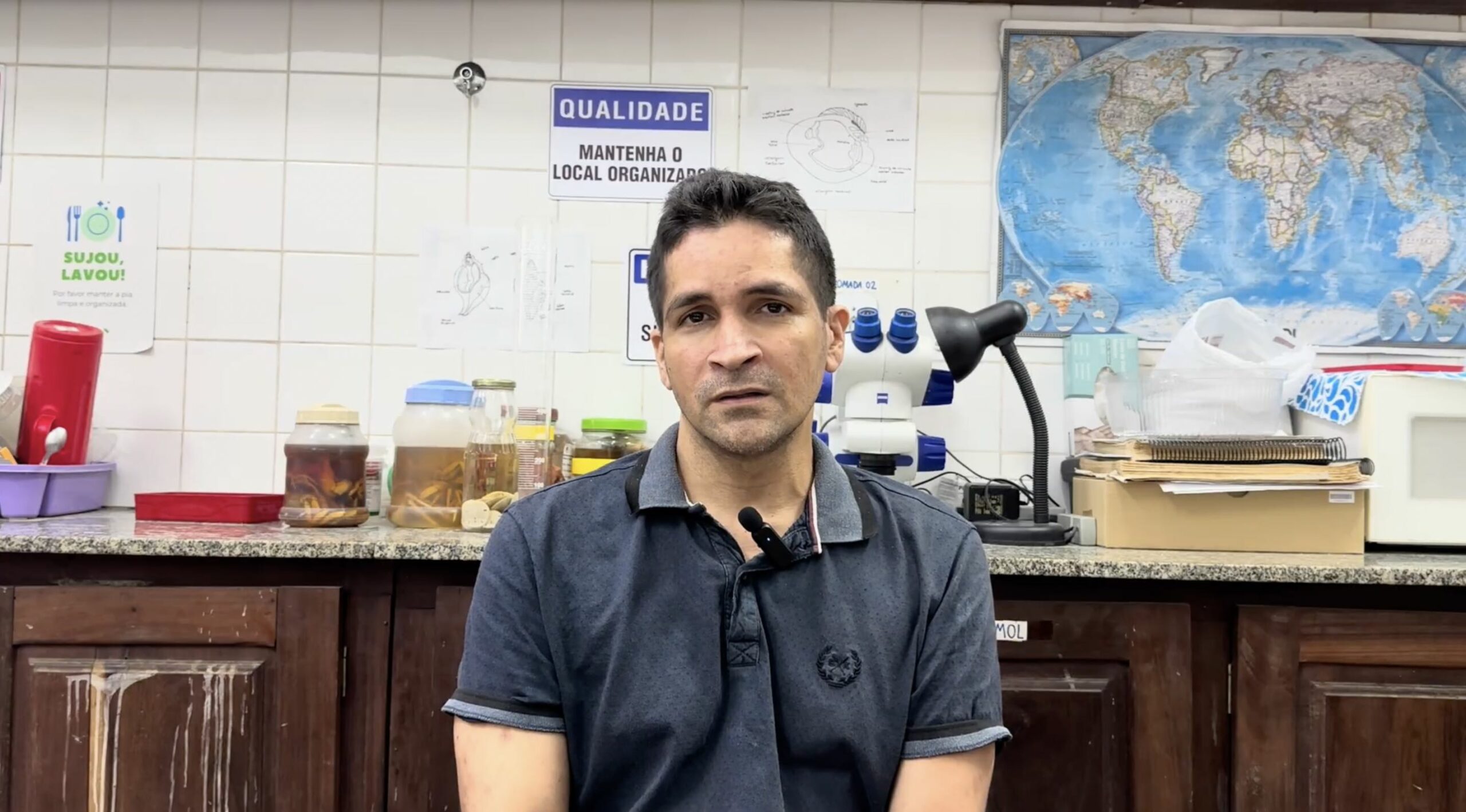
In this interview, Anne Justino, a postdoctoral researcher at the Federal Rural University of Pernambuco (UFRPE) in Brazil, discusses her research on microplastic contamination in marine ecosystems. Through her work on the LMI Tapioca project – a Franco-Brazilian research laboratory in partnership with the Institut de Recherche pour le Développement (IRD) – she highlights the worrying presence of plastic particles in the muscle tissue of fish consumed by humans, such as tuna. She thus warns of the potential health consequences of this invisible pollution.
Widespread contamination and groundbreaking research
Anne Justino is conducting her research as part of the LMI Tapioca project, which brings together Brazilian and French researchers to analyse the presence of microplastics in marine ecosystems in north-eastern Brazil. This research programme covers a variety of areas, including coastal and estuarine environments and even the depths of the ocean.
‘We found a lot of contamination in all the areas we studied, including deep ocean environments.’
Species such as cephalopods and certain mesopelagic fish show particularly high levels of contamination, revealing the extent of the phenomenon even in the most inaccessible areas.
The role of trophic level in microplastic accumulation
Analysis of food chains has enabled the researcher to identify a major aggravating factor: the trophic level of species.
« If a tuna feeds on contaminated sardines, its stomach will contain far more microplastics than the sardines themselves. «
This accumulation phenomenon can be explained by the successive consumption of organisms that already carry plastic particles, increasing the exposure of predatory fish.
Microplastics even in muscle tissue
What makes Anne Justino’s research unique is that she has identified plastic particles not only in the digestive system, but also in the muscle tissue of fish – particularly those consumed by humans, such as tuna.
« We have already identified plastic polymers in the muscle tissue of tuna. «
These analyses, conducted in collaboration with Norwegian laboratories, use chromatography techniques to isolate and identify the polymers present in biological samples.
An impact documented in fish, but uncertain in humans
While the harmful effects of microplastics on marine wildlife have already been documented (physiological disorders, buoyancy imbalances, etc.), their impact on human health remains to be demonstrated.
‘We know that fish suffer from microplastics, but for humans, it’s still a mystery.’
The lack of longitudinal research on humans makes it difficult to establish a clear link between the ingestion of contaminated fish and measurable health effects. However, studies on small animal species show significant biological alterations.
Research is still in its infancy, but urgent
With only two decades of research, the study of microplastics is still in its infancy. But the available results are enough to raise the alarm about persistent and ubiquitous pollution that requires an urgent collective response.
‘Twenty years of research is not much. But we already know that plastic is everywhere.’
Plastic fragmentation: a persistent environmental challenge
Anne Justino points out that microplastics often come from the degradation of larger plastics. These plastics, exposed to the elements and natural erosion, gradually fragment until they become invisible to the naked eye, while retaining their ecological impact.
« What’s happening is that plastic is getting smaller and smaller, without ever really disappearing. «
These particles, found in both the seabed and the ambient air, accumulate and escape all forms of conventional treatment.
Treatments and technological limitations
In Europe, some cities have begun to install filtration systems in wastewater treatment plants to capture plastic particles before they reach rivers and oceans. This is not yet the case in Brazil, where such devices remain very rare.
« Here in Brazil, we are still in the early stages. Only a few cities have installed screens to block the largest pieces of plastic. «
Simple barriers, such as grids, are sometimes installed, but their effectiveness is limited.
Biotechnological solutions are promising but still experimental
Research is currently exploring promising avenues, including the use of enzymes capable of breaking down certain plastic polymers. However, these enzymes, which are being studied by Japanese teams, can only be used in strictly controlled environments.
‘These enzymes cannot be released into the environment: they must be used in specialised centres to avoid damaging ecosystems.’
Their direct application at sea is currently ruled out due to their potential impact on marine biodiversity.
Towards reduction at source: prevention and legislation
For Anne Justino, the real solution lies upstream, in reducing plastic use and introducing restrictive legislation. She cites the ban on single-use plastics, such as straws and disposable cups, which is already in force in some regions.
‘We need to rethink our consumption patterns, because recycling will not be enough to catch up with current plastic production.’
More ambitious legislation and a profound change in consumer habits appear to be essential.
Education, the driving force behind change
The researcher emphasises the key role of education in the fight against plastic pollution. By explaining the consequences of excessive plastic use, she hopes to raise awareness from an early age.
» When you explain why it’s not good to use so much plastic, people understand and change their habits. »
She advocates education that is not moralising, but based on the transmission of concrete and scientifically substantiated information.
Bringing science back to local communities
Anne Justino attaches particular importance to the transmission of scientific knowledge to the populations directly concerned, particularly fishing communities. She regularly organises exchanges to raise awareness of the impact of pollution on their immediate environment.
‘We go out and meet communities to share what we learn at university. It’s by working together that we can make a difference.’
This participatory approach aims to strengthen the resilience of coastal areas, while promoting the active role of local populations in preserving the oceans.
Note : the research regarding plastic polymers in the muscle tissue of tunas is still under evaluation by the authors and will soon be submitted for publication in a scientific journal.
Testimonies from the same panel


